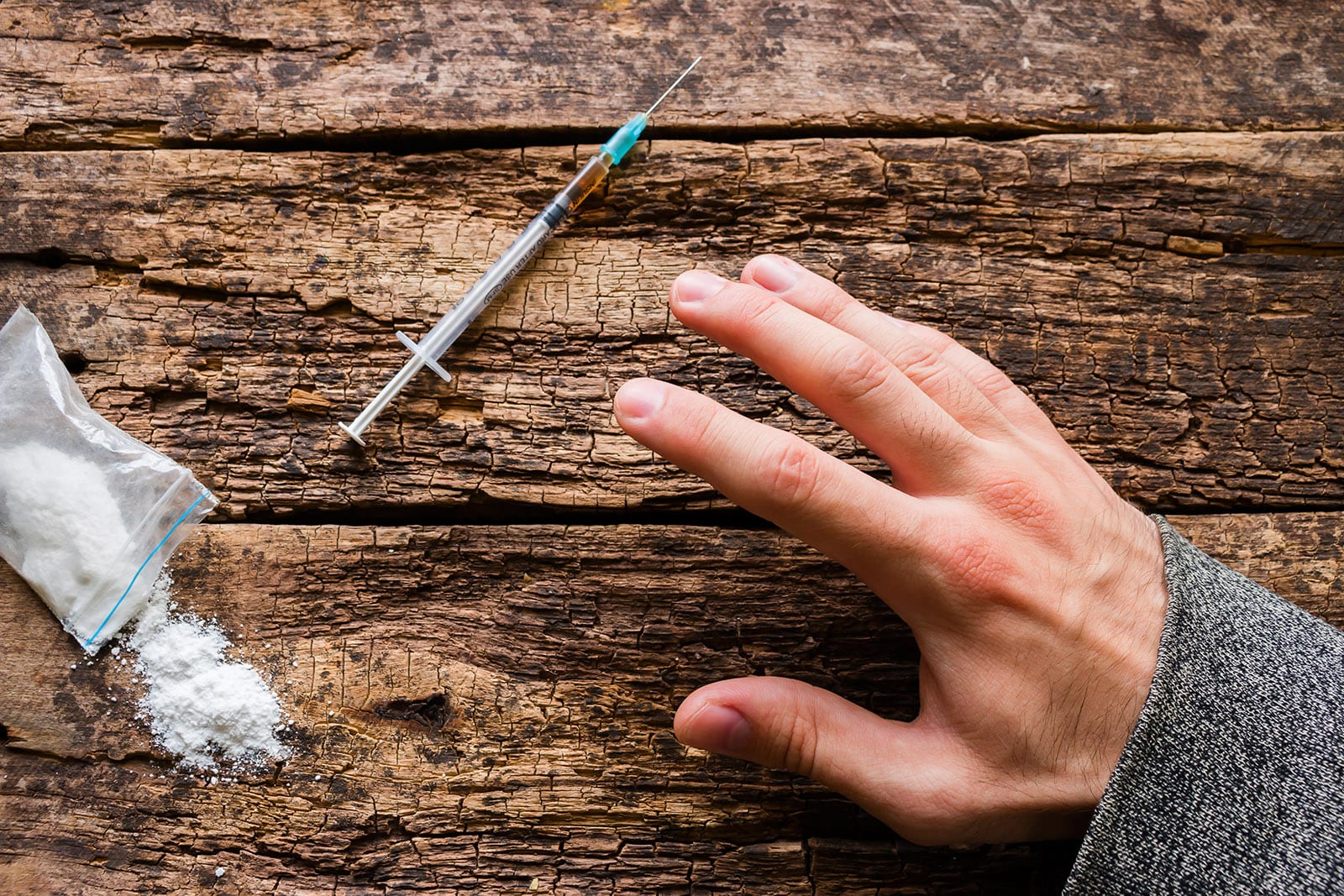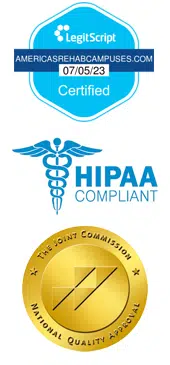 Wander through the shadows of any urban community or rural setting and locating someone with a heroin problem isn’t that hard to find. In fact, America’s mainstream population is afflicted by the disease of opioid addiction and it isn’t just affecting the people who live on the fray of society. Mothers and fathers, teenagers and mature adults have succumbed to the power of this white, brown or black powder, debilitating our workforce and neighborhoods. But with the heavy stigma that has always surrounded this drug, how could heroin use rise in popularity? Considering all that we know about the dangers it brings and risk for overdose and death, are we really getting a handle on heroin?
Wander through the shadows of any urban community or rural setting and locating someone with a heroin problem isn’t that hard to find. In fact, America’s mainstream population is afflicted by the disease of opioid addiction and it isn’t just affecting the people who live on the fray of society. Mothers and fathers, teenagers and mature adults have succumbed to the power of this white, brown or black powder, debilitating our workforce and neighborhoods. But with the heavy stigma that has always surrounded this drug, how could heroin use rise in popularity? Considering all that we know about the dangers it brings and risk for overdose and death, are we really getting a handle on heroin?
Before Our People Can Come Clean, the Medical Community Had to Go First
Like any other business, drug dealers, both legal and illicit, can only turn a profit when the elements of supply and demand are in their favor (i.e. demand). Decades earlier, accepted pain relief practices came from a prescription bottle and not many people batted an eye at the subject. U.S. drug manufacturers were seeing record profits in Oxycontin, Valium and Xanax. Medical practitioners and their patients were being told that such drugs were safe and effective. The prescribing continued. Until pharmacies and doctors took the practice out of control and people were led blindly into what we now call the drug epidemic.
Patients Had No Where to Go but Here-oin
If lawmakers truly understood the addiction experience, they would have never executed the drug prescription oversights they did and most certainly not in the manner they did it. The changes, for anyone addicted to prescription pain pills, were hard-hitting and set users up to fail.
Because the body and brain become physically addicted to opioids (and can happen in a matter of weeks) removing access to the drug initiated a cold turkey experience. Ask an addiction treatment expert and they’ll tell you that addiction to opiates requires a gentle, tiered down approach to sobriety. Otherwise, the user will undergo painful withdrawal symptoms with substantial risk for inducing serious medical issues, compromised mental health and potential for suicidal tendencies.
75% of new heroin users seeking drug treatment cited
Rx pain meds as their first addiction.
Journal of the American Medical Association, Psychiatry
Most people cannot endure such a process without medical supervision. As a result, people sought other remedies and they found them through heroin use. And heroin use among women has doubled, while use among men has increased by 50 percent.
Is Government Intervention Too Little, Too Late?

As the public outcry for new initiatives and reforms to ease the rate of drug overdoses and fatalities grew louder, from 2012 to today, federal and state agencies answered. The Drug Enforcement Agency “DEA” instituted a National Take Back Day program, providing constituents the ability to clear out their unused, overflow or expired prescription drug bottles and turn them into authorities. Although there are specific days designated for the program (more about social media and press attention), people can find locations to turn in their medications any time throughout the year. This helps reduce accidental overdoses in households.
In states across the country, first responders continue to experience an uptick in calls for suspected overdoses due to opioids and heroin. In partnership with drug companies and pharmacies, people could access free overdose-reversal medication, such as Naloxone, to help decrease fatal overdoses.
Newer regulations are also being put into effect to provide stronger consumer protections against fraudulent addiction rehab owners who deceive addicts and their loved ones seeking treatment for substance abuse.
Numbers Don’t Lie
Here’s where we’re at now. According to a report from the National Institute on Drug Abuse, almost half of recent opioid-related overdose fatalities include a synthetic opioid – fentanyl. It’s up to 50 times more potent than heroin and nearly 100 times more potent than morphine. But even with all the public service announcements and other means of communication alerting people of the increased dangers in heroin (because of the incidences of fentanyl and carfentil and subsequent deaths from it) the risks don’t dissuade the use.
The nature of addiction alters sound decision-making. People who need heroin are victims of its wrath where drug use and whatever means necessary to get it override every other aspect of their lives. It’s powerful. And devastating to families.
Arizona Opioid Use Statistics
- 40% of opioid overdose cases had at least 1 opioid prescription 2 months prior
- 12% of them died
- More than 600 overdoses in Arizona were reported for the month of May 2018
- In the last year, more than 5400 Naloxone doses were given (excluding hospitals)
Missing the Mark on Finding an Answer
Until there are more heroin treatment “beds” available and the partnering insurance or payment programs to help the growing number of people who need the help, the cycle of heroin addiction will continue.
Find Heroin and Prescription Drug Treatment and Recovery in Arizona
Verify Your Insurance Here and Have One of Our Treatment Consultants Contact You Today

